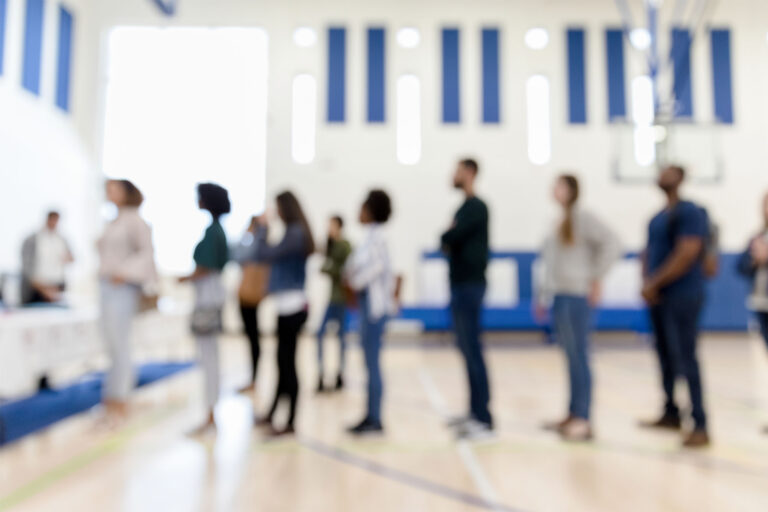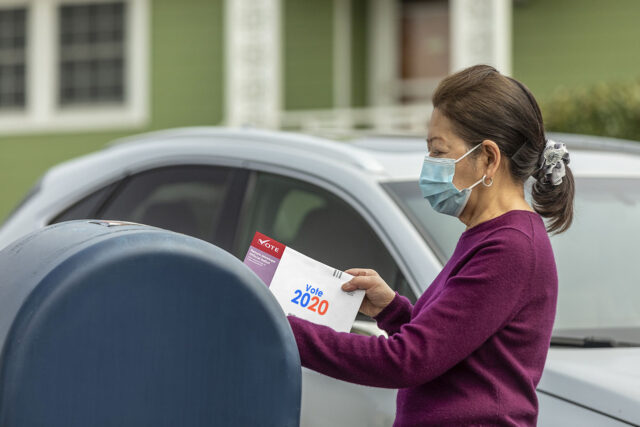To cope with the pandemic during the 2020 presidential election, California made rapid changes to voting options, mailing every voter a ballot and consolidating in-person voting locations. In a recent presentation, PPIC senior research fellow Eric McGhee outlined how these changes affected voter turnout. McGhee then joined a panel of election experts to discuss the impact of pandemic election policies on the California electorate.
With universal vote-by-mail, overall turnout in the general election improved and turnout gaps for underrepresented voters shrank slightly. “For consolidating in-person options it was definitely more of a mixed bag, with worsened equity.” McGhee said, stressing that California will need to pay close attention to in-person options moving forward.
While it may be tempting to conclude that universal vote-by-mail is the best approach, it is not a solution for all voters. “A lot of voters who receive ballots in the mail are going to want to return them in person,” McGhee said. “So the quality and the availability of those options continues to matter.”
Election administrators had to adapt quickly to constraints caused by the pandemic. For Dean Logan, registrar-recorder and county clerk for Los Angeles County, California’s new voting model allowed agility and flexibility. “California did a good job of pushing a set of reforms in elections that allowed us to prepare to address these concerns.”
Astrid Ochoa, owner and principal of Ochoa Consulting Partners and former executive director of the Future of California Elections, pointed to the need for voter education and outreach as policies change. In particular, voters who register to vote in-person will experience an all-mail ballot differently from those who register to vote by mail.
Ochoa shared a story about meeting voters during the rollout of the Voter’s Choice Act before the pandemic, a reform that launched universal vote-by-mail. “Some voters shared that, yes, they have received a ballot in mail but they thought it was a practice ballot not a live ballot, because they had not made the request for that ballot. They didn’t know the laws were changing so there was a lot of confusion that this piece of mail they had received was their official ballot.”
Reflecting on how research can inform future elections, Mindy Romero, director of the Center for Inclusive Democracy at the USC Sol Price School of Public Policy and coauthor on the PPIC report, warned against overemphasizing one policy, namely universal vote-by-mail. Although the success of vote-by-mail dominates policymaker conversations, Romero advises a data-driven approach that evaluates the nuances of in-person options to improve what the state can offer.
Romero went on to reiterate Ochoa’s emphasis on outreach. “We know that outreach efforts are chronically underfunded. Voters don’t know about all of their changes—how and when they can cast a ballot. It can impact people’s voting rate and experience.”




